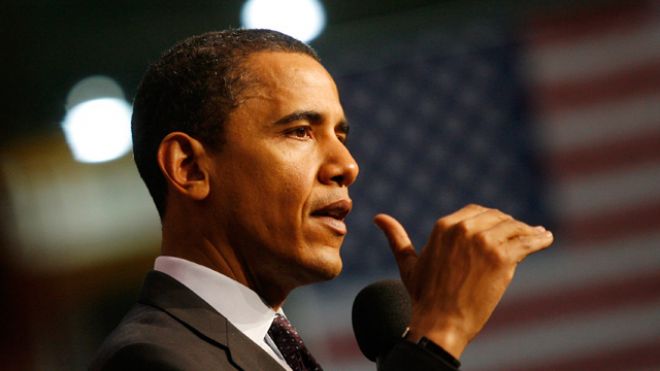

However, they are also less accountable to constituents and may make controversial decisions opposed by most voters, meaning they bring with them both positives and negatives.In politics, a “lame duck” usually refers to a president in that period of time after an election and before the inauguration of a successor. They are also no longer constrained by re-election concerns. Ultimately, lame ducks may be more motivated to get things done and preserve their legacy. would work to restore diplomatic relations with Cuba, which was an extremely controversial move. For example, in December 2014, Barack Obama announced that the U.S. They also may pursue controversial goals that could have diminished their re-election chances in their first terms. For example, Ronald Reagan signed a nuclear arms reduction treaty with Soviet president Mikhail Gorbachev toward the end of his presidency even though he had opposed arms control earlier. Lame duck presidents have made a number of significant decisions, including ones that contradicted their earlier positions. The 20th Amendment changed the beginning of the Congressional session to January 3rd and the inauguration of the president to January 20th. This lame duck session allowed dozens of Congress members who had been voted out to stick around and vote on legislation for months. By 1933, though, travel time was no longer an issue. Before the Amendment was passed, newly elected officials did not take office until March 4th to give them time to travel to Washington, D.C. The 20th Amendment to the Constitution is nicknamed the “Lame Duck Amendment” because it shortened the period between the elections and when the new president and Congress take office. They can focus on less popular policies and often try to accomplish as much as possible before leaving.
LAME DUCK PRESIDENT DEFINITION FREE
Second-term presidents are typically concerned with their legacy and are more free to make decisions without worrying about consequences from voters. Usually, second-term presidents are deemed less effective because they have less political capital it is harder for presidents to make deals with people who know they will soon be out of office. presidents are often referred to as lame ducks in their second term because they are no longer concerned with re-election. They can make controversial decisions without facing consequences. Since they are no longer accountable to voters, they are more likely to vote for bills they know their constituents would not support. These individuals often act unpredictably. During this time, Congress members who have been voted out or who are retiring can still vote and participate in proceedings. It often uses the lame duck session to consider important votes, approve the federal budget, or discuss fiscal policy. Though Congress is not required to reconvene after the November election, it almost always does. Lame duck sessions of Congress occur between the election in November and the inauguration of the new Congress on January 3rd. A lame duck session of Congress occurs between the election and beginning of the new session and includes lame duck members rather than newly-elected members. Lame duck elected officials are those who have lost a re-election bid or are not seeking re-election but have not yet finished their term. For instance, President Lincoln declared that a “senator or representative out of business is a sort of lame duck. Starting in 20th century America, the term was used to describe ineffectual politicians.


In the 18th century, businessmen in London suffering from financial problems were described as having to “waddle out of the alley like a lame duck.” Over time, the term started being used to describe anyone who was ineffectual.


 0 kommentar(er)
0 kommentar(er)
